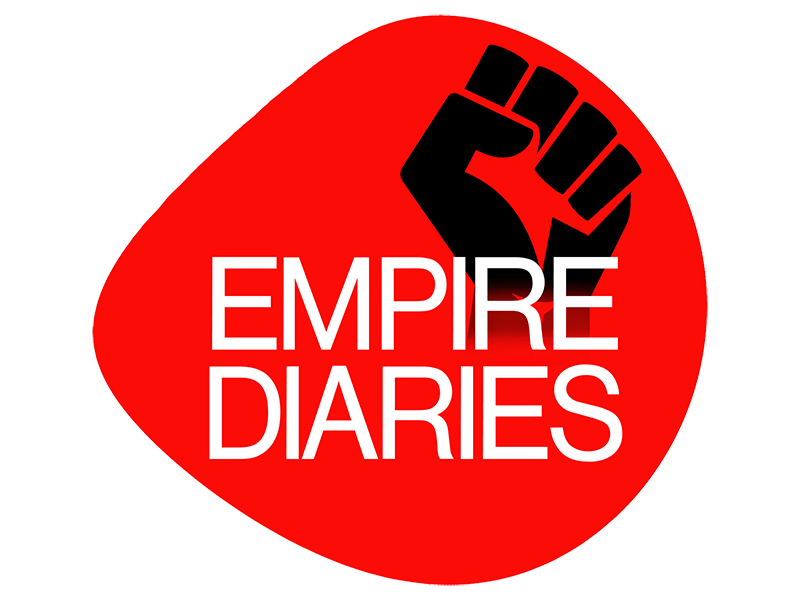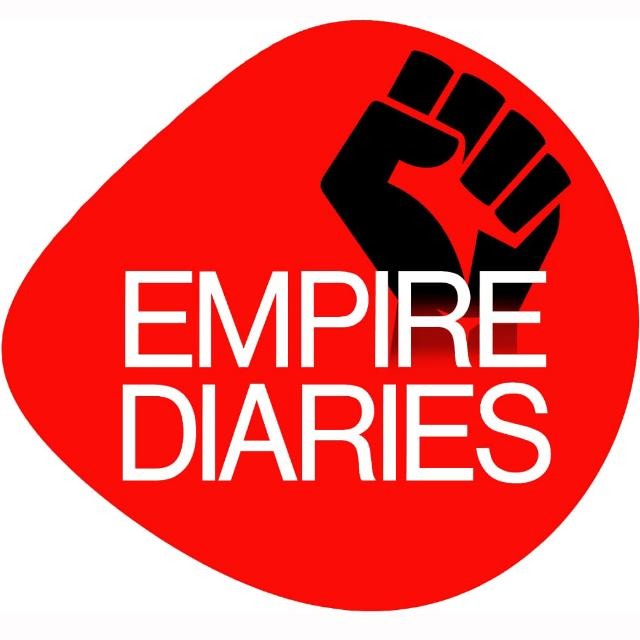July 16, 2023: In recent times, we witnessed the uglier and darker side of elections for the umpteenth time, which yet again raised uncomfortable questions about the real advantages of Indian democracy. In rural Bengal, the turbulent panchayat elections were soaked in the blood from dozens of political deaths. A couple of months before that, in the Karnataka assembly elections, a dystopian manufactured issue – the media-fanned ‘hijab row’ – was one of the main talking points that polarised the public.
Is this what democracy is supposed to give us? Tensions. Faith-based divisionism. Polarisation over fabricated issues. Electoral violence in India. Is something wrong with the brand of democracy we practise? Or is something wrong with democracy itself?
Every time an election in Bharat is either mired in non-issues or rocked by violence or gets sucked into coalition drama, voters need to ask themselves a simple question: what is the real purpose of voting in a democracy? To assess whether the existing political power has delivered the essential tasks, and to take action in the ballot based on the performance, isn’t it? Are there real advantages of Indian democracy, or is it all just a mirage?
Advantages of Indian Democracy: Are there any?
Our country is plagued by multiple pressing issues at any given point of time. Amazingly, the most notorious and alarming crisis plaguing Bharat perpetually is never discussed before, during, and after any election – be it the national polls, state polls, rural elections, snap polls, or by-polls.
What is this constant crisis that the press, politicians, and experts never talk about, and therefore, never features in debates surrounding democracy? No, we’re talking about threats from across the border from Pakistan and China. Neither are we talking about stuff such as communal harmony or free speech.
Bharat’s single biggest crisis today is the ongoing and enormous silent loot of its financial resources by thousands of foreign companies through the subtle trickery of FDI (foreign direct investment) and international trade. If this fast-intensifying crisis doesn’t sound like a crisis to you, then you are woefully cut off from the country’s economic reality.
Centuries back, a handful of East India Companies from western Europe invaded the subcontinent and looted the land dry. We are all well aware of the colonisation of the past. What most of us are not aware of is the colonisation of today – happening on a much bigger, wider, and deeper scale. At least 4,000 foreign companies – and very popular ones, thanks to the charm of advertising – are today squeezing Bharat’s financial resources dry by pumping revenue out of the country.
More on this in other works that Empire Diaries publishes from time to time. To come back to the topic of democracy, the question is: does the brand of democracy we celebrate here in Bharat deal with this single biggest national crisis? Does this major crisis figure when we debate the advantages of Indian democracy? It doesn’t. And if it doesn’t, then what purpose is this democracy really serving? Do we ever question that?
Democracy in India: Does your vote count?
What is your precious vote actually fetching you? A patchwork of distractions and subsidiary issues are tossed at you. A tiny bunch of wealthy political parties are thrown at you as options. The telly and your smartphone tell you to engage in debates about faith, China, Pakistan, and so on. You get set on voting day, cast your vote, happily bring about a cosmetic change – while all along, the single biggest crisis, as discussed above, continues to pull Bharat down.
There’s an old saying: If voting really mattered, they wouldn’t let us do it. The brand of democracy we have here in Bharat gives the voter a grand illusion of choice. A lot of voting takes place in the name of democracy and democratic change. But people don’t see a dramatic change in their continued broken lifestyle. Colours, themes, and slogans change. But the basic problems remain. The advantages of Indian democracy are celebrated only in paper. Not in reality.
Decades of voting at the rural, state, and national levels have given only marginal benefits to the voters. Just small gains. Their miserable world has hardly changed. And the top two or three parties keep on getting fatter, wealthier, and more ignorant.
Questioning democracy is a hot potato no-one wants to handle. Why? Because the carefully controlled environment we grew up in teaches us not to question democracy. If you talk about the fundamental flaws of democracy, you will be branded – as an autocrat, as an anti-social, as a regressive thinker, or even as an anti-national.
Advantages of Indian democracy: A grand mirage
We know that democracy itself is a broad system of electoral governance. But the question is: how did we end up adopting this worst brand of democracy? A type in which only the big parties have the last laugh. A system in which only the two or three biggest parties get all the funding, foreign and domestic. How did we get to a situation in which only the big parties can win elections? The small parties and the independents can never win it. The game is rigged in favour of the big boys. Simply because they have all the money to buy muscle power and influential candidates.
We are not saying let’s dump democracy and let’s bring in autocracy, communism, monarchy, or something radically different. That’s not the argument here. There are indeed quite a few advantages of Indian democracy, there’s no denying that. The argument is: how did we inherit this broken variant of democracy? And how can we fix it?
To understand the problem, we need to dig into the origin of democracy. The concept was born in ancient Athens in modern-day Greece. It was briefly practised there around 5th Century BC, but later dumped, because it turned out it was not practically possible for the public to participate in day-to-day governance. So, since that time, democracy has been only tried out in a limited way in little corners of the world. Mainly aristocracy, monarchy, military dictatorships, and de facto corporatocracy continued till the end of the Second World War.
Bretton Woods Conference
The end of that war was the turning point. In 1944, elite and powerful rulers from 44 countries assembled for the Bretton Woods Conference at Mount Washington Hotel in New Hampshire, US. It was informally decided there that the world will be run by financial elites using draconian systems such as the IMF, World Bank, and a rigged international trade system.
Most importantly, it was also informally decided that the concept of two-party democracy will be promoted all across the world. It was the launch of the New World Order of electoral politics. The manufactured rebirth of democracy for convenience.
According to the new undeclared rules of the game, just two or three political parties would run a country’s political affairs. They would get all the funding from abroad and locally. And they would hold all the powers. The political parties would take turns to come to power based only on election outcomes.
The press persuaded the people to welcome this new brand of two-or-three-party democracy. But the people did not realise something crucially wrong with this rigged system. The political parties under the new system would have full immunity and impunity during their terms in office. They would have no accountability to the voters. The voters would only have the right to remove one powerful party and bring another powerful one. The system would create a sophisticated illusion of choice.
This illusion of choice is true not just for the panchayat elections in Bengal or the assembly polls in Karnataka. It’s the same for everyone around the world living in subtly controlled two-party or three-party democracies. The US, Britain, France, Germany, South Korea, Japan, Spain, Italy, Australia – wherever there is two-party or three-party democracy, there is no real choice for the voters. It’s the same engineered template everywhere. Rich business families fund only a few political parties. So, only they take turns and come to power. Elections are fought either peacefully or brutally. And voters feel they’ve done their job by replacing one crooked party with another.
Solution: Right to recall system
Now that we know we are caught in a trap of broken democracy, is there a way out? Yes, there is a practical way to bring about electoral reforms in India. Many activists across India have sacrificed their lives pursuing the solution. In more recent times, one of them even died mysteriously for promoting the long-held yet ignored practical solution – we’re talking about freedom fighter Rajiv Dixit, who died a few years back under mysterious circumstances for pitching a sound way to fix Bharat’s broken democracy.
The little-known solution is called RTR or ‘right to recall’ system. The argument goes like this. A right to recall system should apply to all politicians and political parties. It means, midway into a term, if a politician or a party is caught doing wrong things, the public or a section of the public can invoke the RTR system. Once it’s invoked, the defaulting politician will have to instantly step down until proven innocent.
When such an RTR system comes into force, political parties will naturally develop a tendency to be fully accountable to the voters because they know they no longer have immunity from wrongdoing. They simply cannot afford to upset the voters.
In fact, the right to recall system, which is meant to drastically boost the advantages of Indian democracy, isn’t a new idea. Its origins go all the way back to the 1920s – much before Bharat’s political independence – when little-known revolutionary leader Sachindranath Sanyal pitched the concept of RTR for all public servants in order to add the element of accountability in governance and politics. Not many people are aware that the much-celebrated figure BR Ambedkar was among those, at that time, who swept Sanyal’s practical proposal under the carpet.
A system such as the RTR is designed to ensure that democracy will finally have the element of accountability and retribution. Even if you are caught in a trap of a two-party or three-party system, RTR will ensure that the parties in fray are always on their toes.
We take a lot of pride in counting on our fingers the advantages of Indian democracy. But episodes such as the Bengal bloodshed and the Karnataka dystopia remind us about the brokenness of our democracy. But is Bharat’s public sensible and sensitive enough to seek a revamp of the system? Or are they happy to live in their world of illusion?
REPUBLISHING TERMS:
All rights to this content are reserved. If you want to republish this content in any form, in part or in full, please contact us at writetoempirediaries@gmail.com.









